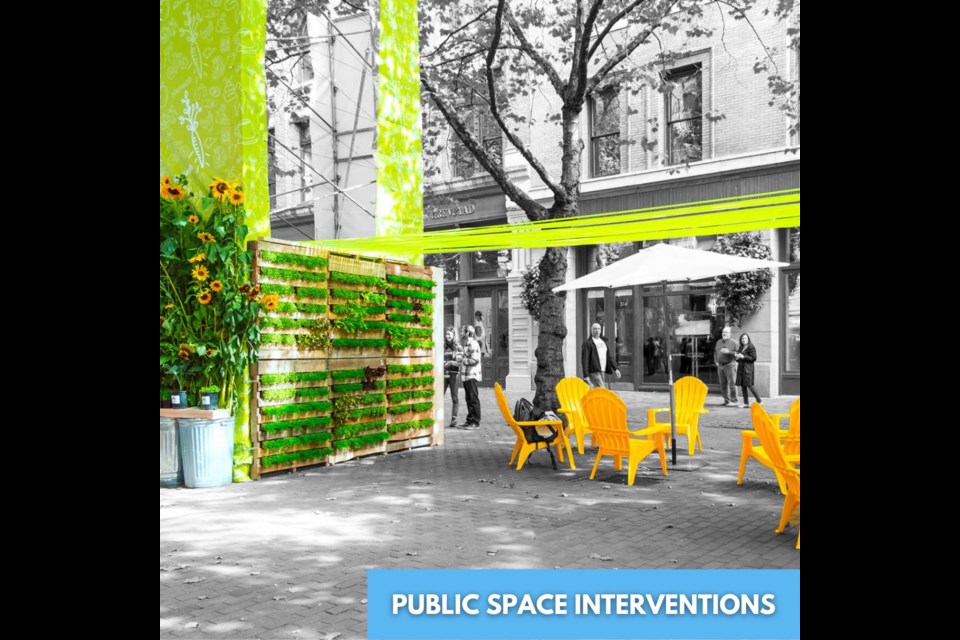North America is suffering from an epidemic of loneliness, with one in two adults reporting feelings of isolation, particularly prevalent among young adults. The impact of loneliness on health and resilience in the face of adversity is profound, exacerbating both acute and chronic physical and mental health issues. Social interaction emerges as the foremost predictor of well-being, surpassing even the benefits of physical activity.
The way we design communities and public spaces plays a pivotal role in either fostering connections or perpetuating isolation. Can we combat loneliness through intentional community design?
Urbanists and planners contribute to enhancing social interactions through three key avenues:
Public Space Interventions:
- Offering captivating focal points, such as artwork or dogs, provides stimuli that alleviate the burden of loneliness.
- Delicate considerations, like the arrangement of seating, hold significance; benches angled towards each other allow users the choice to acknowledge or engage with one another.
- The strategic framing of spaces with trees or buildings creates a comforting sense of enclosure or refuge.
Block, Street, and Neighbourhood Design:
- The holistic interaction of neighbourhood design elements actively works to bring people together.
- Factors like sidewalk width, building proximity to sidewalks, window frequency and transparency, inviting ground floor frontages, pedestrian-friendly street lighting, readable business signage, and visible facial expressions all contribute to the powerful form of a community.
- Face-to-face interaction remains a cornerstone of healthy communities, an irreplaceable aspect that electronic media cannot supplant, with neighbourhood design either enabling or impeding such interactions.
Neighborhood-Scale Institutions:
- While parks, porches, sidewalks, and street design are vital, the social fabric of a neighbourhood extends beyond urban planning.
- Healthy communities necessitate both formal and informal institutions fostering social interaction, reflecting a shift from the past "place-based networks" of clubs, churches, schools, commerce, and recreation that provided overlapping layers of social support.
- The disappearance of these networks, replaced by external interactions, has contributed to the rise of online shopping, remote work, and fragmented extended families, impacting the vitality of local communities
nuSarnia is a passionate group of social entrepreneurs committed to making Sarnia the best it can be – a vibrant, lively city where people are excited to live, work, play and learn. We are committed to raising awareness, sharing knowledge, acquiring wisdom, fostering collaboration and attentively listing to create a more connected, active and healthy community.
Follow them: Instagram; Facebook; Website
